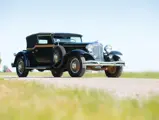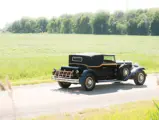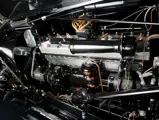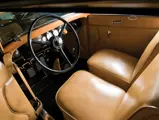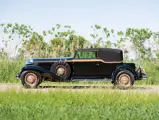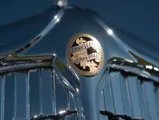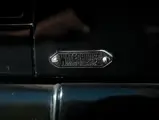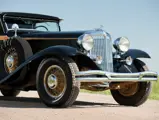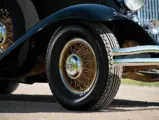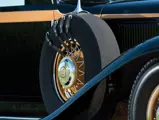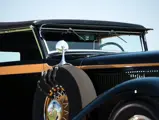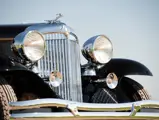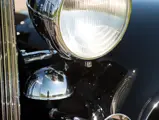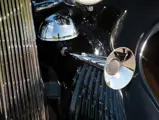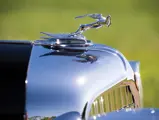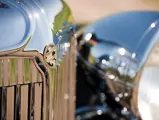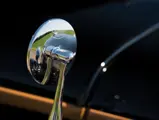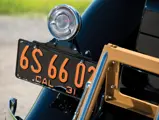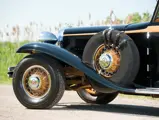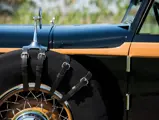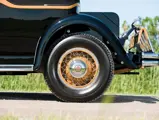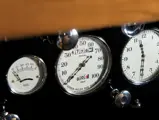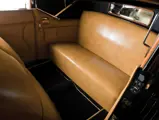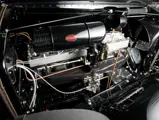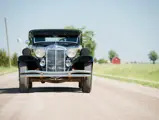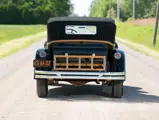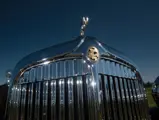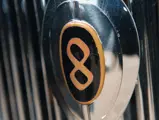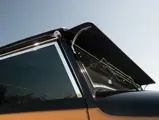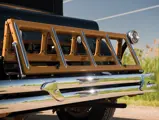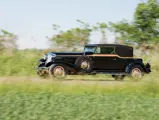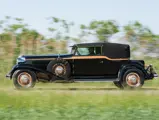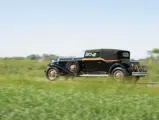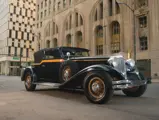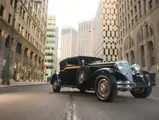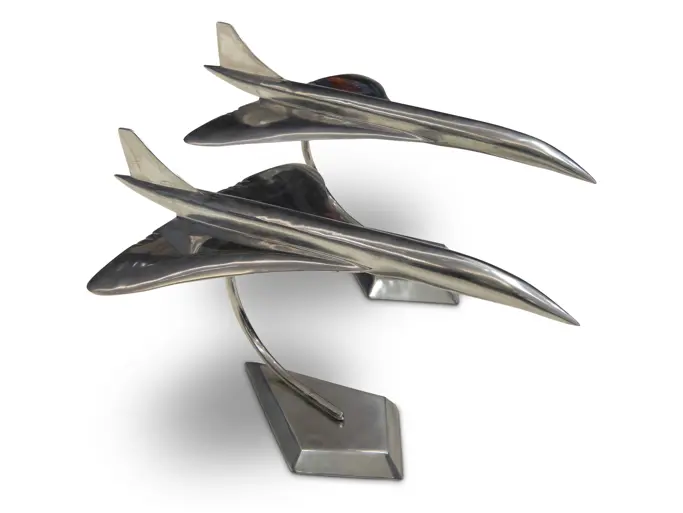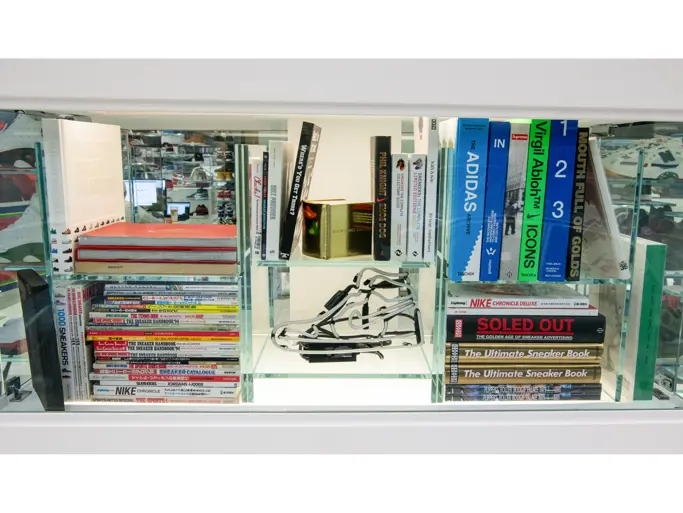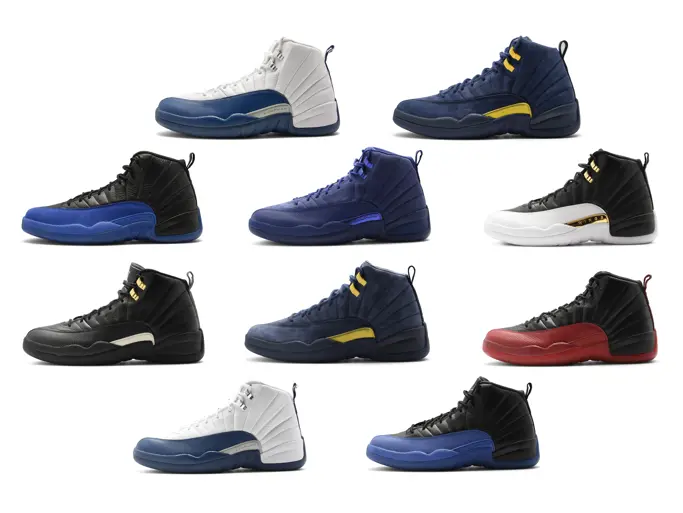Motor City 2014
1931 Chrysler CG Imperial Convertible Victoria by Waterhouse
{{lr.item.text}}
$525,000 - $725,000 USD | Not Sold
 | Plymouth, Michigan
| Plymouth, Michigan
{{internetCurrentBid}}
{{internetTimeLeft}}

- A wonderfully elegant coachbuilt Imperial
- One of only three surviving examples
- Four owners from new; 70-year ownership by the Collins family
- Multiple-award-winning restoration
- A singular acquisition for any Classic collection
125 hp, 384 cu. in. Silver Dome inline eight-cylinder engine, four-speed manual transmission, front beam axle with parallel leaf springs, live rear axle with parallel leaf springs, and four-wheel hydraulic drum brakes. Wheelbase: 145 in.
From the very first days of the Chrysler Corporation, the Imperial was exactly what its name implied: the crown jewel of the company’s offerings. By 1931 it had grown to a luxurious 145 inches in wheelbase, with a 384-cubic inch straight eight under the long hood. Any individual who has had the pleasure of driving a Classic Era Imperial knows firsthand how nimble they are, which is belying of their large proportions. The big engine propels them down the straights with ease, while advanced steering geometry minimizes the effort required to navigate through the corners. Chrysler’s reputation as the “Engineering Company” among the Big Three held true with the Imperial, which was, in many ways, the truest “driver’s car” of its era.
Most of the drivers who bought Imperials purchased them with factory-catalogued coachwork by LeBaron, as there were enough attractive styles to please virtually any taste. As such, individually custom coachbuilt Imperials were always rarer than one-off competition from Packard and Lincoln. Today, only a handful of 1931 CG chassis are known to survive with custom bodywork, and perhaps the finest of those are the three convertible victorias bodied by Waterhouse.
Waterhouse had been established in Webster, Massachusetts, in 1928, by Charles Waterhouse and his son, Moses, who were former employees of the John B. Judkins Company. The firm’s initial purpose was to supply bodies for the du Pont motor car, which was achieved after Waterhouse purchased the assets of the Woonsocket Manufacturing Company and acquired the talent of designer George Weaver. The beautiful and rather advanced bodies with which the firm dressed du Ponts allowed them to gain favor among northeastern aristocracy.
During a short but distinguished run, Waterhouse produced approximately 251 bodies for Lincoln, du Pont, and Packard, and another 31 bodies were also produced on various chassis, such as Pierce-Arrow, Stutz, and Marmon. It is believed that fewer than six Waterhouse bodies were constructed on Chrysler Imperial chassis, of which only the trio of convertible victorias have survived.
The convertible victoria was Waterhouse’s best-known design and its trademark, and it is notable for being one of the first American-built bodies to incorporate European styling cues. Long doors provided easy access to the interior for both the front and rear seat passengers, and the convertible top was tailored to neatly fold down into a “notch” in the body behind the front seat, leaving it lying flat with the beltline of the body. Other coachbuilders had produced four-passenger convertibles before, but Waterhouse, the originator, did it best and most beautifully.
The CG Imperial offered here was built on June 15, 1931. While its earliest ownership history is unfortunately not recorded, in 1939 it was purchased by a New York resident, Calvin Collins, from the McCormick Garage. The Collins family enjoyed the big Chrysler for several years, only to almost lose it to the scrap drives of World War II. Only at the insistence of young Scott Collins was the sculpted Imperial spared, but in a balance of patriotism and patronage, the Chrysler nonetheless gave up the single heaviest piece of metal it could supply as war material, its engine.
As the Chrysler sat in the family barn, the younger Collins never stopped dreaming of returning it to the road, and over the years he gathered parts to enable its eventual restoration. Finally, in 2009 he contacted noted Canadian restorer, Richard Grenon, who immediately struck a deal to purchase the Waterhouse Imperial. By the time of its sale, the Chrysler had remained in the Collins family for a remarkable 70 years.
Even though the Convertible Victoria had been exposed to the elements, the chassis was in excellent condition, and the aluminum coachwork had also fared remarkably well. Even though the majority of the wood framing required replacement, only three inches of the lower quarters required repair. The remaining original pieces and many smaller chrome elements on the car still bear the “163” stamping, referring to the Waterhouse job number.
All told, Mr. Grenon and his son, Nicolas, spent 6,000 hours restoring the Imperial in its original colors of black and caramel, with the chassis and wheels being complemented by a black cloth top and caramel leather interior. The blackwall tires focus attention on the extraordinary body lines, which follow the enormous hood all the way back to the “dogleg” notch of the rear body. Notable features on the car include an interior light and a full rear window, both of which were Waterhouse trademarks, as well as dual side-mounted spares with mirrors, a sun visor, and a rear luggage rack with trunk.
Days after the restoration’s completion, the Waterhouse Imperial made its debut at the Ault Park Concours d’Elegance in Cincinnati, where it won the Early Pre-War Best of Class Award, as well as the William K. Victor Best of Show Award. It followed that victory with the Most Significant Chrysler in Show at the Concours d’Elegance of America at St. John’s. Having already demonstrated the significance of the car and the potency of its restoration, Grenon respectfully declined an invitation to the prestigious Pebble Beach Concours d’Elegance, reserving that honor for the next owner, who did, indeed, bring the car to Monterey in 2012, as well as to the La Jolla Concours d’Elegance in 2013.
Of the 296 bodies originally built by Waterhouse, the tiny Massachusetts coachbuilder revered for its design talent and exceptional quality, it is believed that only 30 remain. This car is one of three fortunate Chryslers with the convertible victoria body that inspired a host of imitations, and it is also one of very few Classic Era coachbuilt Imperials of any stripe. This Chrysler has been stunningly restored in spectacular colors and requires virtually nothing to display at further concours. It is being offered today to another long-term home, where it will continue to be appreciated as the best of the best.

